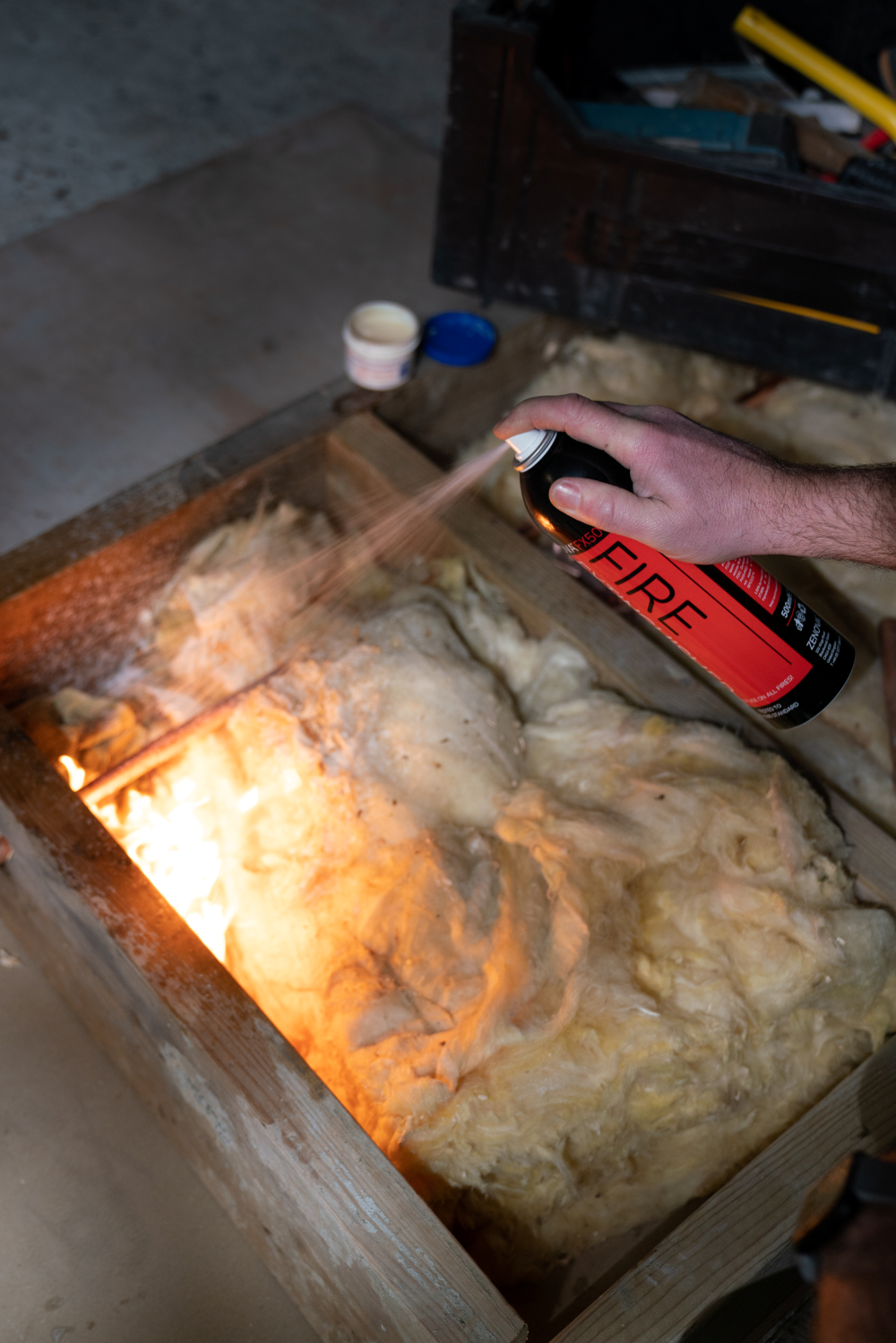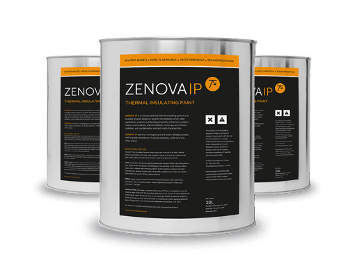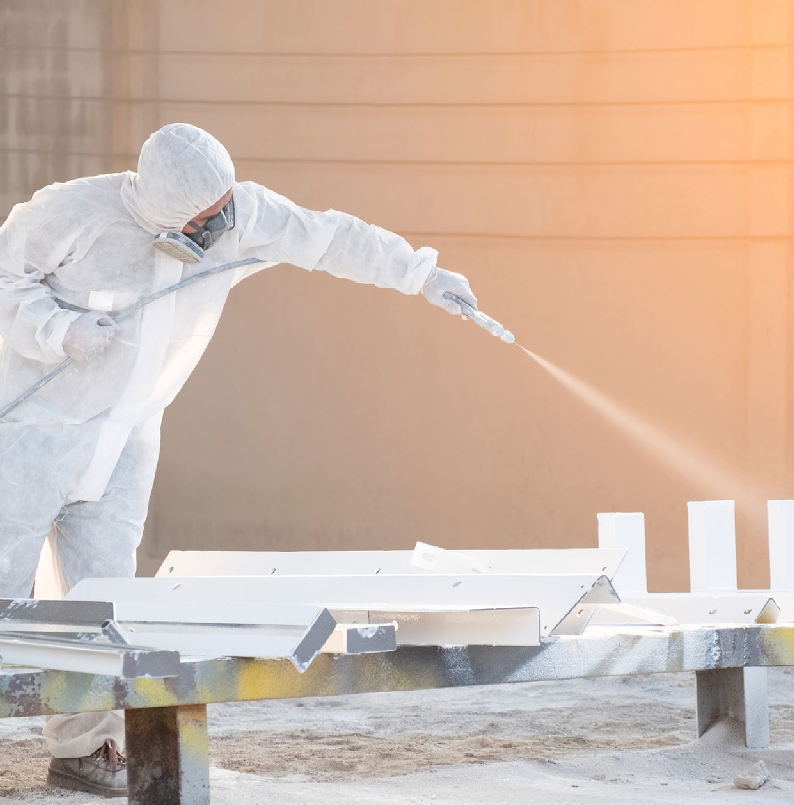Not every fire is the same. Different types of fires present different hazards and risks. Using the wrong type of extinguisher could do more harm than good.
There are six classes of fires, and each of them requires special attention.
Fires can be devastating, burning, injuring and even killing people. Damage to buildings and equipment. Disruption of business activities. Fires can end lives and even destroy businesses. Did you know that approximately 60% of businesses never recover from a fire?
Fire prevention and extinguishing
Fire prevention is the best way to ensure that fires don't affect you or your business. But in addition to fire prevention, you should have a plan for dealing with fires if they do occur.
Because if a fire starts, it can spread quickly. It's not always easy to know how to attack a fire before it spreads. Not every fire is the same. Different fires can have different hazards and risks.
Using the wrong type of fire extinguisher could do more harm than good. In the video below you can see how an incorrect extinguisher is used to put out a fire. This is not only ineffective, but it also amplifies the flame. Thus, using the wrong extinguisher is devastating.
The 6 types of fires
There are 6 different classes of fire, depending on the type of "fuel" burning.
- Class A (solids)
- Class B (liquids)
- Class C (gases)
- Class D (metals)
- Electrical fires
- Class F (cooking fats and oils)
Each type of fire can be extinguished differently, depending on the hazards involved.
Class A - Solids
Class A fires are fires involving solids. This type of fuel could be paper and cardboard, common in offices and manufacturing industries. It could be furniture or fixtures and fittings. It could even be the structure of the building.
If any type of solid material burns, as you would expect in a "normal" fire, then it is a Class A fire.
This is one of the most common types of fire, as solids are the most common type of fuel and one that is difficult to eliminate. Good housekeeping should help reduce materials such as packaging and waste, minimizing risks. So what are the best ways to put out a solids fire? Here's a list:
- 🧯 Zenova FX
- Water
- 🧯 Mechanical foam
The best types of extinguishers for Class A fires are water and foam. Our company also offers a unique extinguisher in the world that is capable of extinguishing any type of fire, it is the Zenova FX. Water is the most popular type of extinguisher, as it can cope with most fires involving solid substances. But, as a conductor, it should never be used near electrical equipment.
Power and wet chemical fire extinguishers also have limited suitability for Class A fires.
Class B - Liquids
Class B fires are fires involving liquids. Many of the fluids, liquids, and chemicals used in the workplace can be flammable or explosive. Such as cleaning fluids, solvents, fuels, inks, adhesives, and paints.
This type of fire is more common in industrial environments, where large amounts of flammable liquids are present. Class B fires are rare, but more deadly than other types of fires. So how can you protect yourself? Effective extinguishers for this type of fire are:
- 🧯 Zenova FX
- 🧯 Mechanical foam
- 🧯 Powder
If a Class B fire breaks out, the best types of extinguishers for this type of fire are Zenova FX and foam or powder extinguishers. CO2 extinguishers may also have limited suitability.
Class C - Gas
Class C fires are fires involving gases. This can be natural gas, LPG or other types of gases that form a flammable or explosive atmosphere.
Working with gas is dangerous and increases the risk of fire. Keep gases stored in sealed containers in a safe storage area and ensure that gas work is carried out by competent people. Ways we can put out these fires are:
- Shutting off the gas source
- 🧯 Zenova FX
- 🧯 Powder
In the event of a gas fire, it is vitally important to shut off the gas source. Otherwise, the risk of an explosion, which can have devastating consequences, constantly increases.
Class D - Metals
Metals are not often considered combustible materials, but some types of metals, such as sodium, can be combustible. Metals are also good conductors, helping to spread a fire. All metals soften and melt at high temperatures, which can cause a building to collapse when metal beams and columns are present in a fire as structural elements.
It is imperative that you do not use a regular water extinguisher on a Class D fire, water can actually act as an accelerator on metal fires. It can be extinguished as follows:
- 🧯 Zenova FX
- 🧯 Powder
Electrical fires
This is not strictly a class (Class E) fire, as electricity is an ignition source rather than a fuel for the fire. However, fires in live electrical equipment pose a special hazard.
By making sure that electrical equipment and installations are installed, inspected, and maintained correctly, you will help reduce the risk of this type of fire. You do not want to use water to put out this fire or any other conductor, as it could give you a fatal electric shock. The tools used are:
- 🧯 Zenova FX
- 🧯 CO2
Class F - Cooking fats and oils
Frying fats and spilling flammable oils near heat sources in kitchens can lead to a Class F fire. This type of fire is most common in commercial kitchens with fat fryers, but it can also happen in homes.
Never leave food or frying equipment unattended while in use. These fires are difficult to put out because of the heat of the oil, and using the wrong type of fire extinguisher can spread the oils and fats into the flames (and spread the fire). Here's how to put out these fires:
- 🧯 Zenova FX
- 🧯 Wet chemical solution
- 🌫️ Fire blanket
For more details and to purchase Zenova FX extinguishers, visit the link https://distreo.ro/ .




Write a comment
Comments are verified before being published.
This site is protected by hCaptcha and the hCaptcha Privacy Policy and Terms of Service apply.